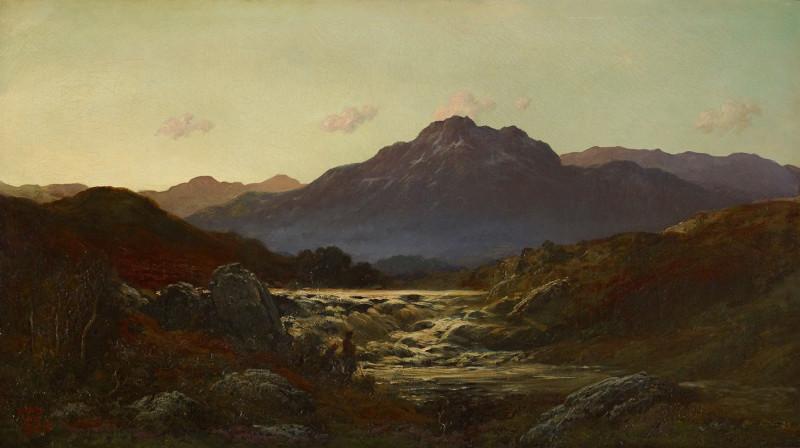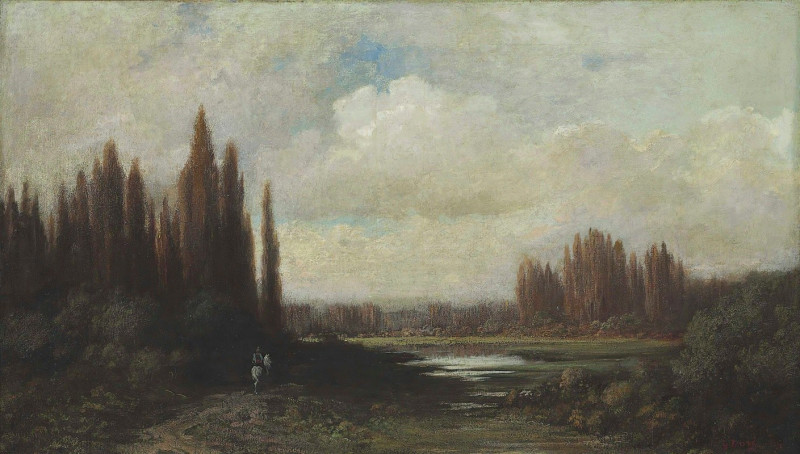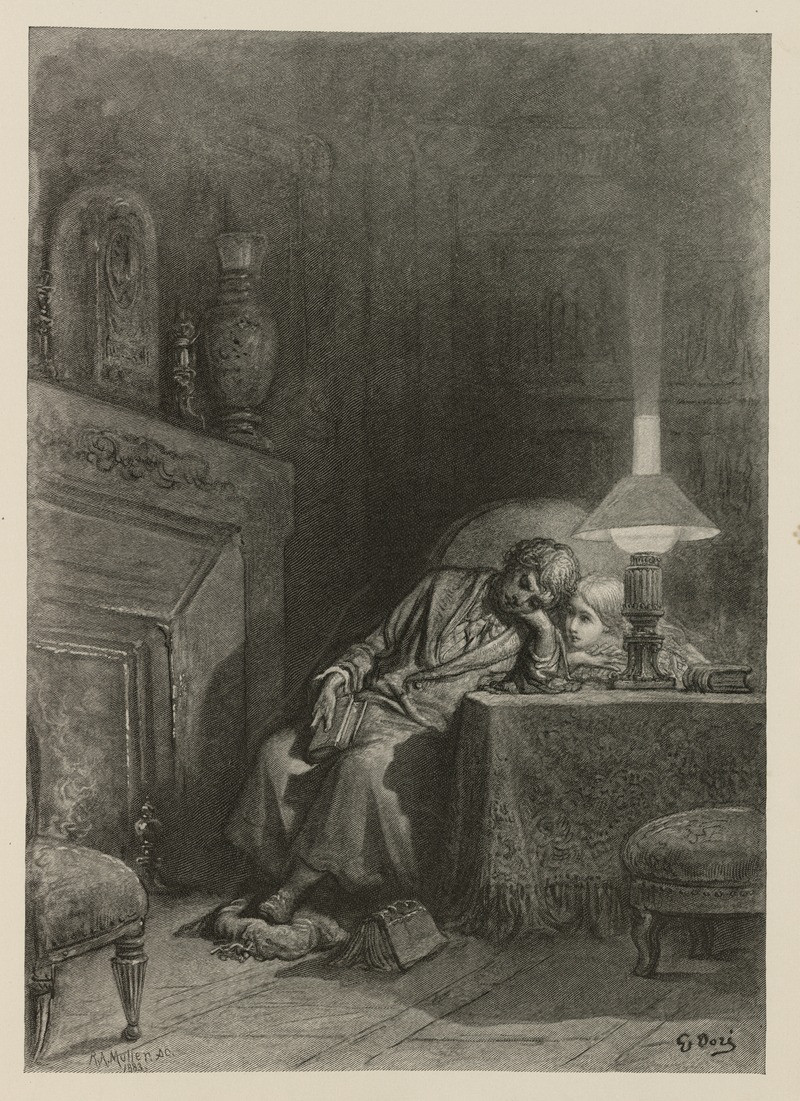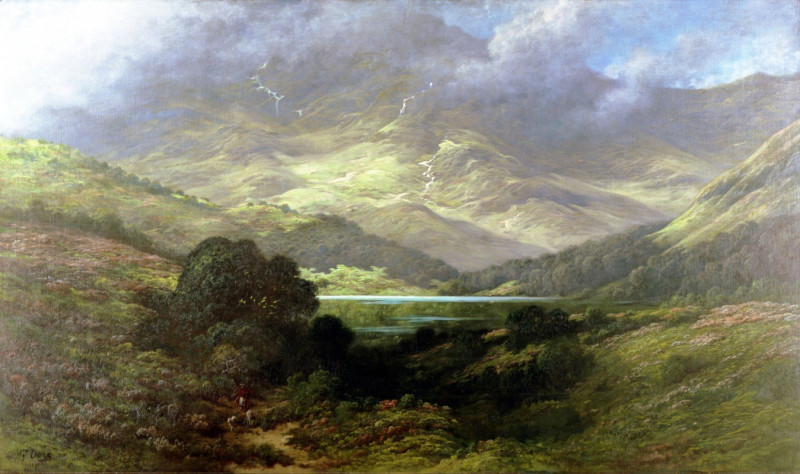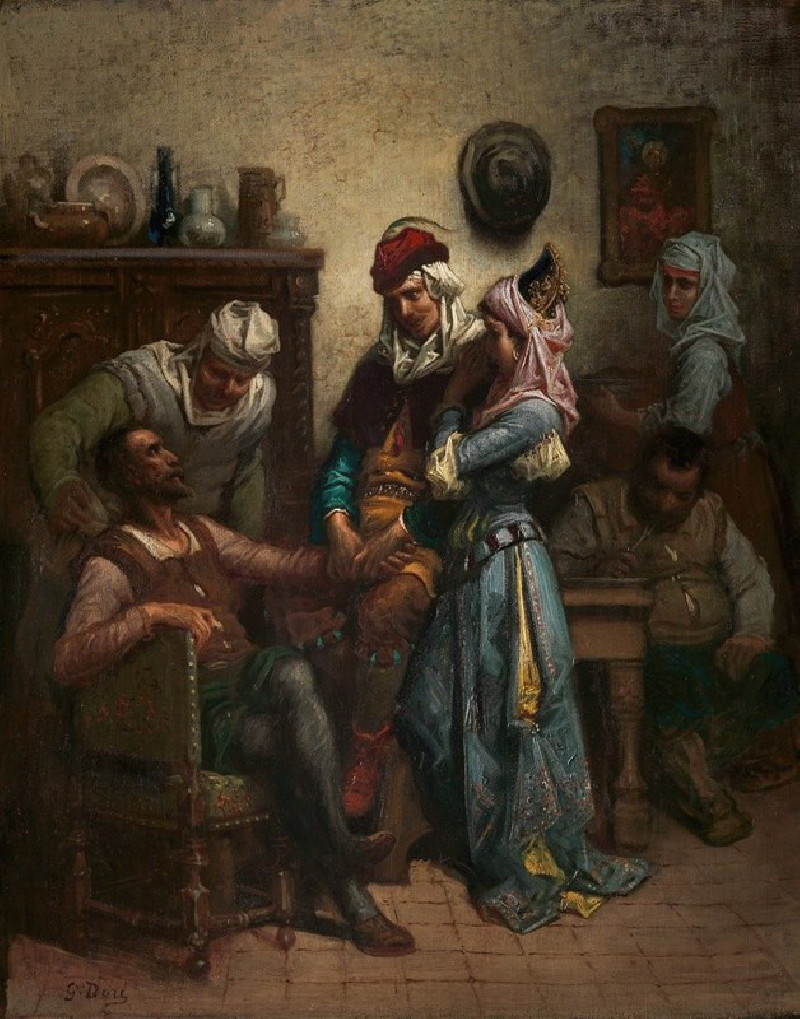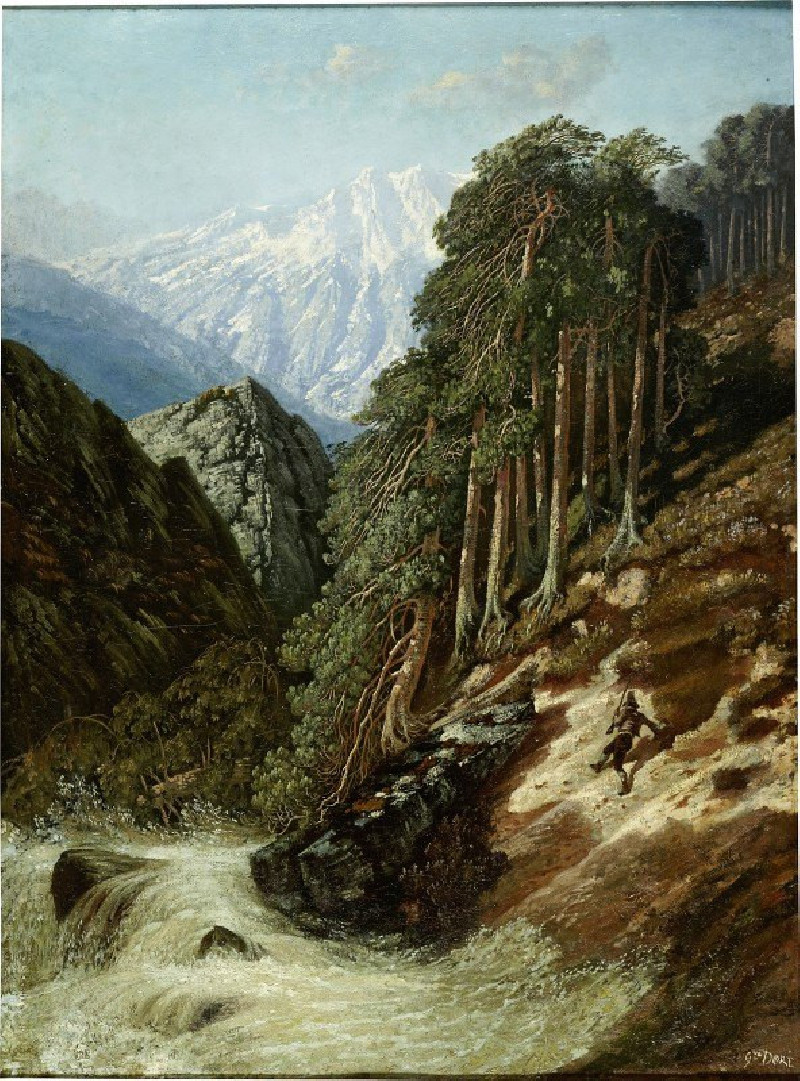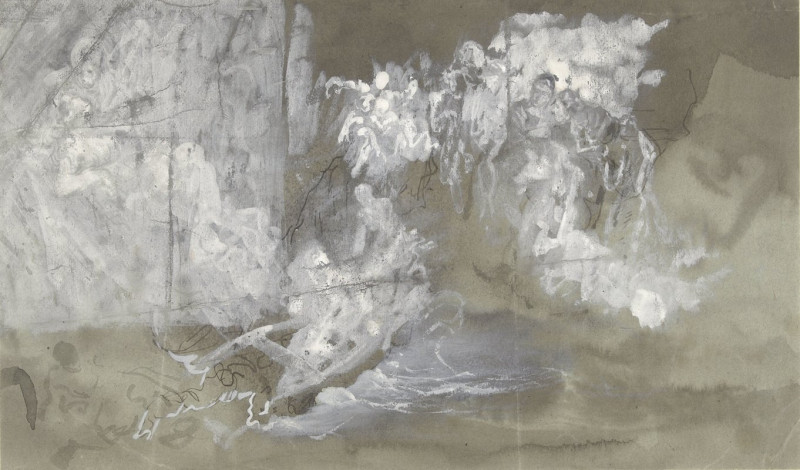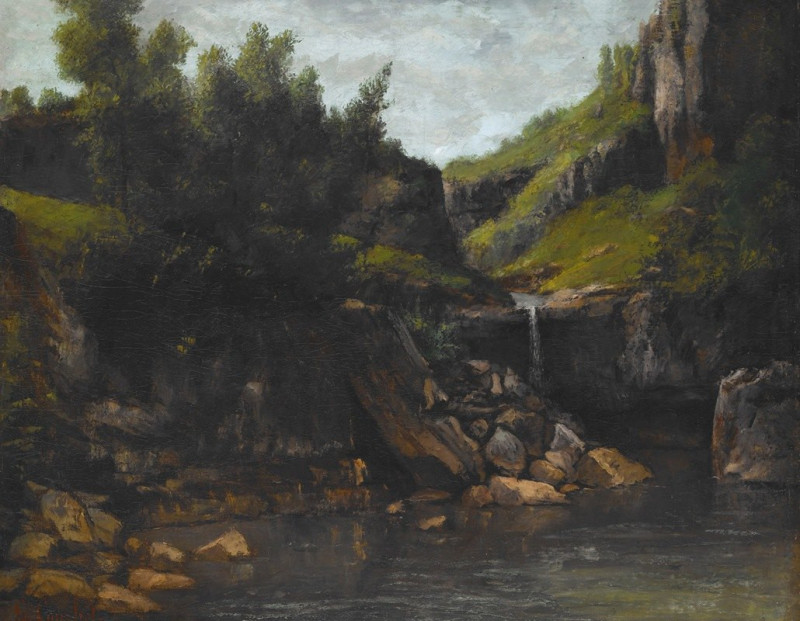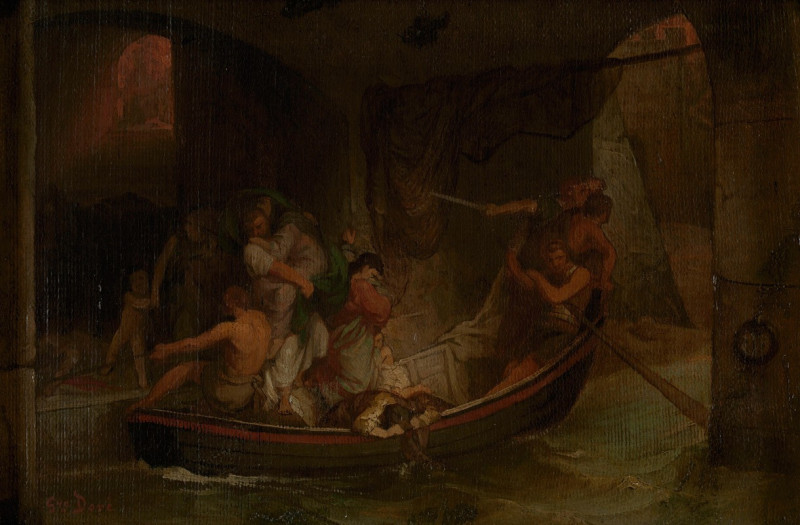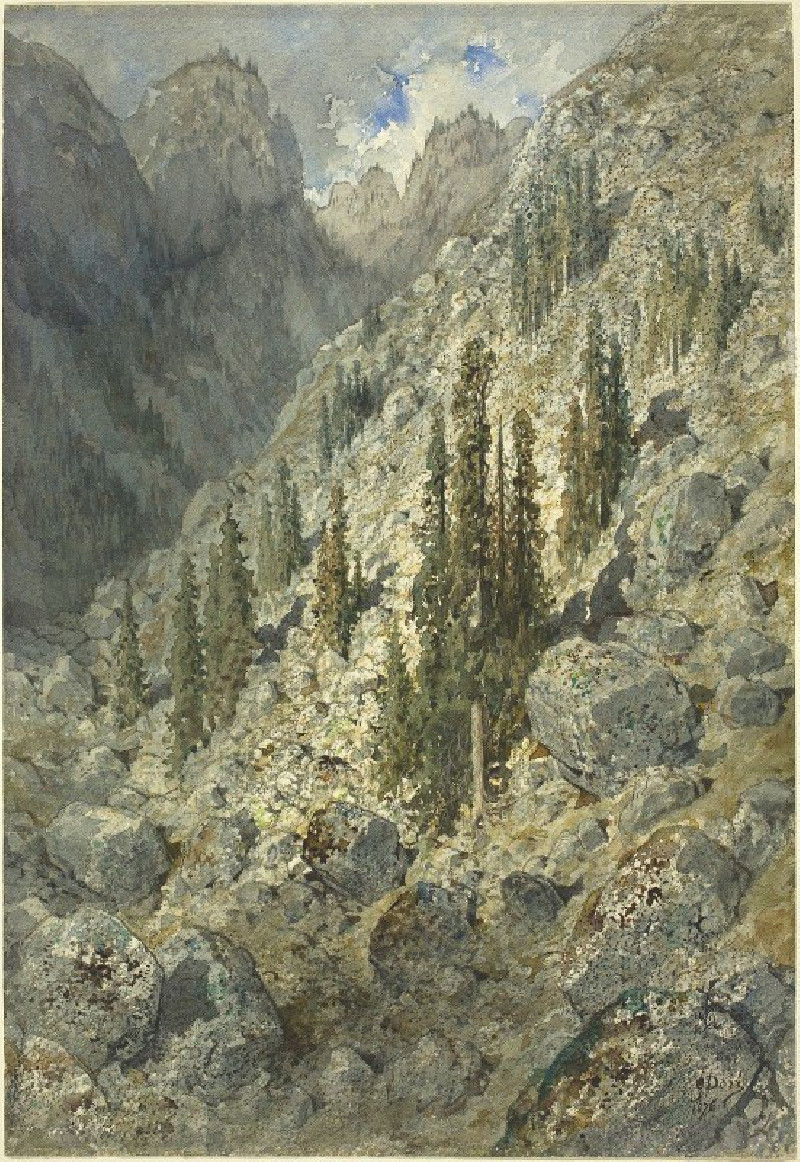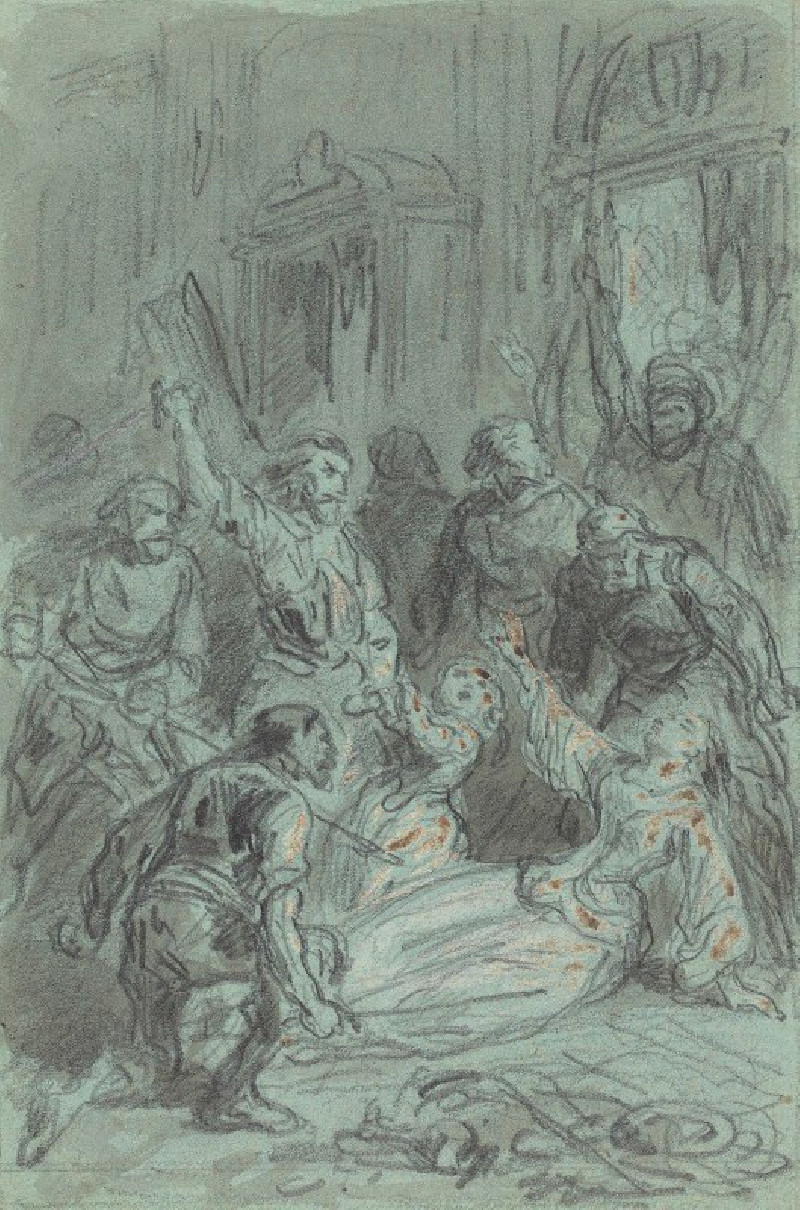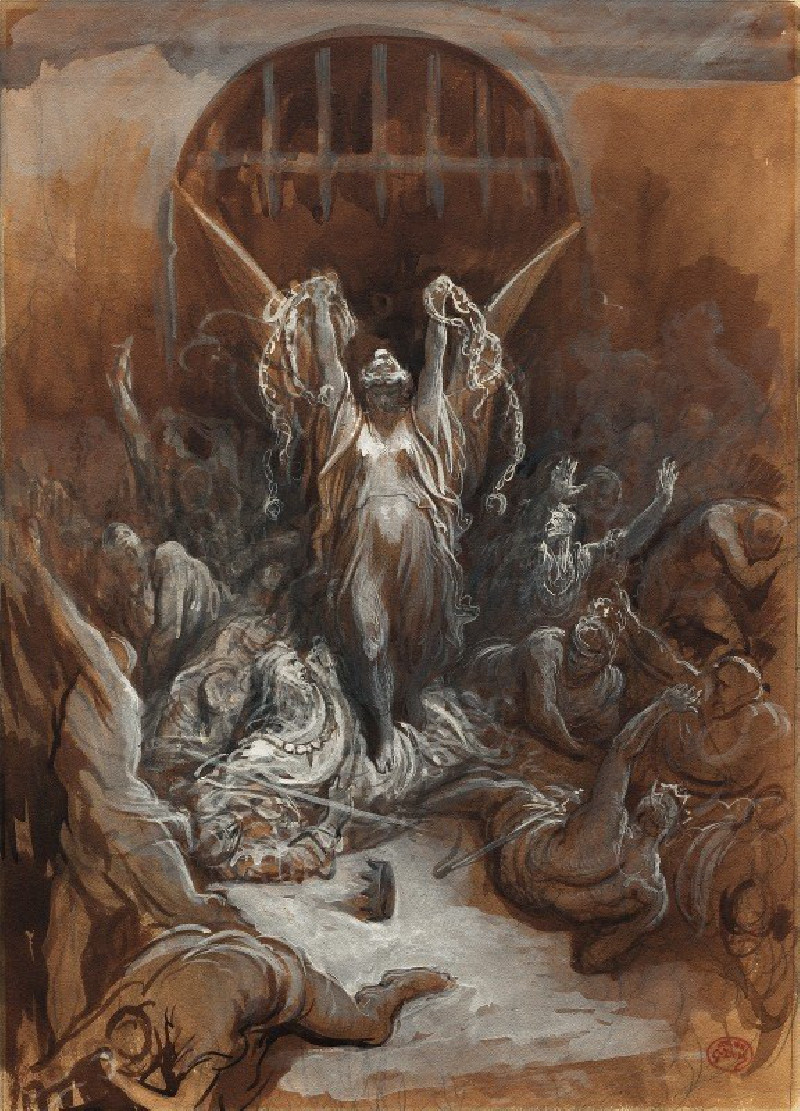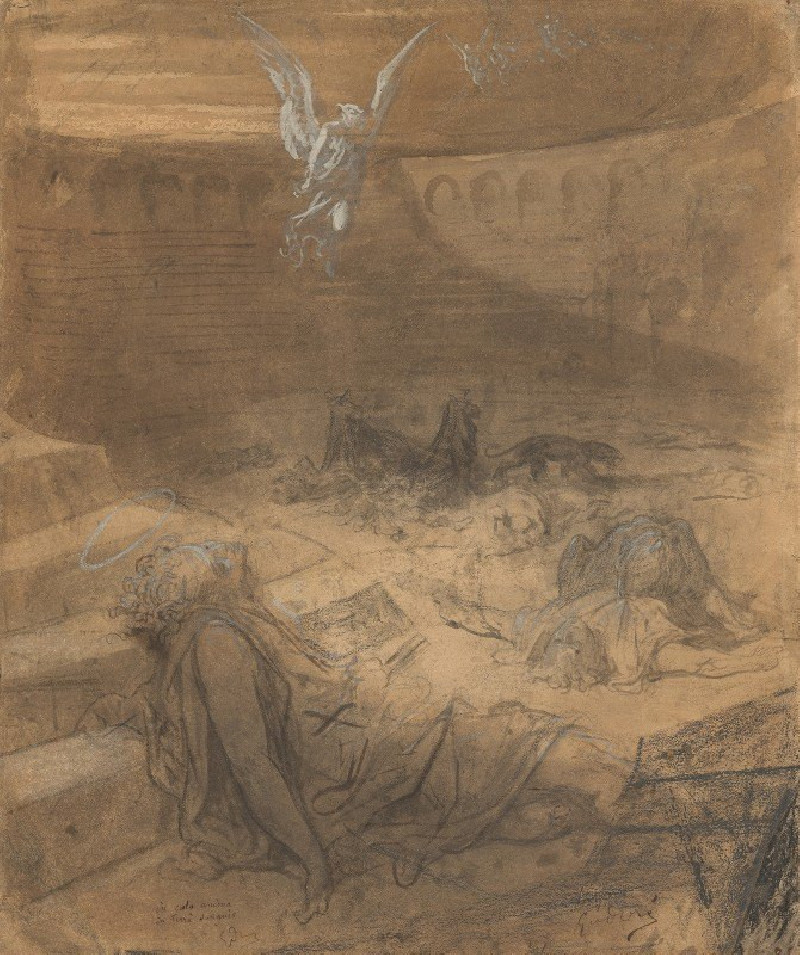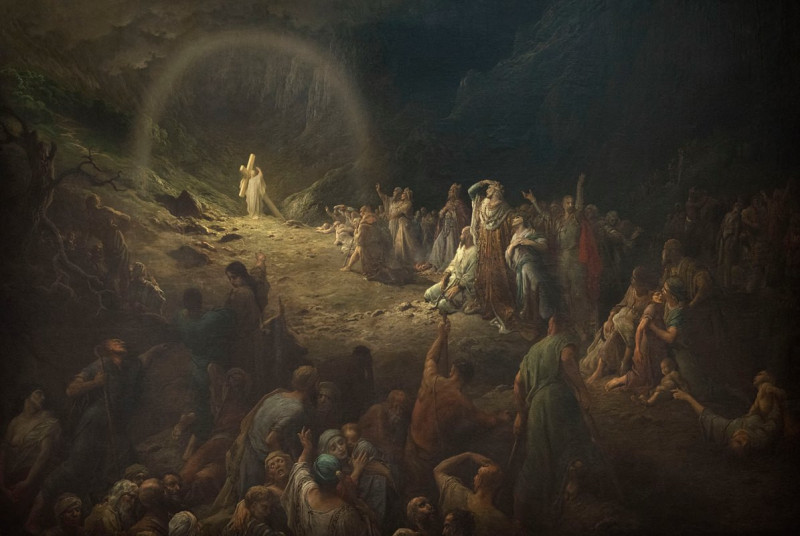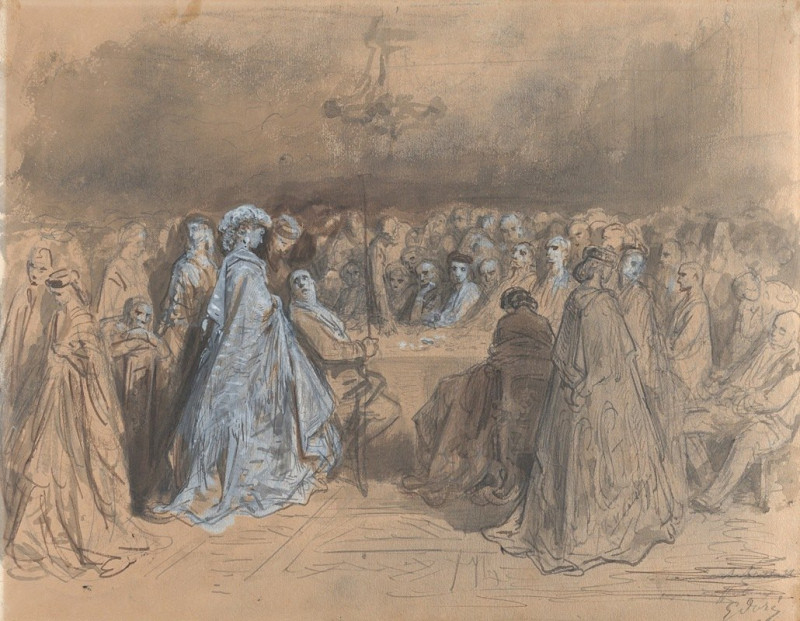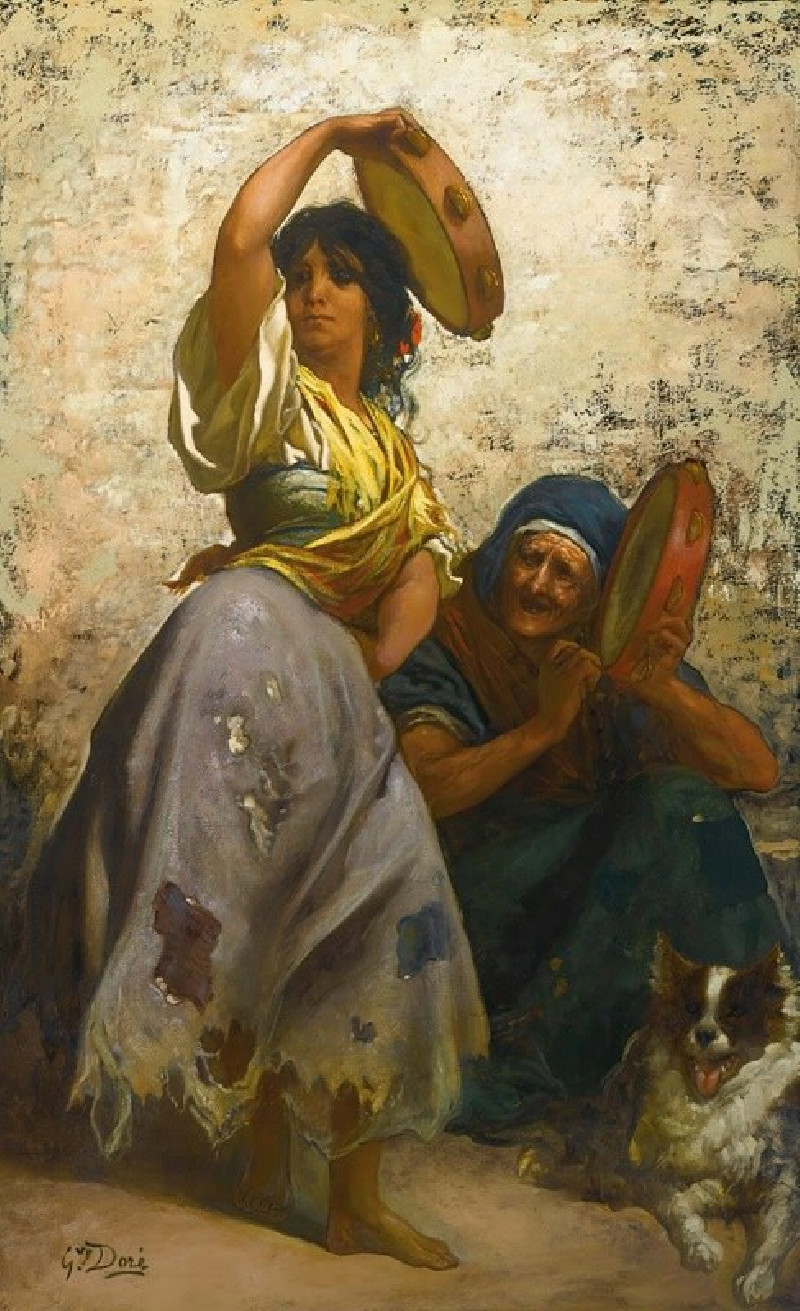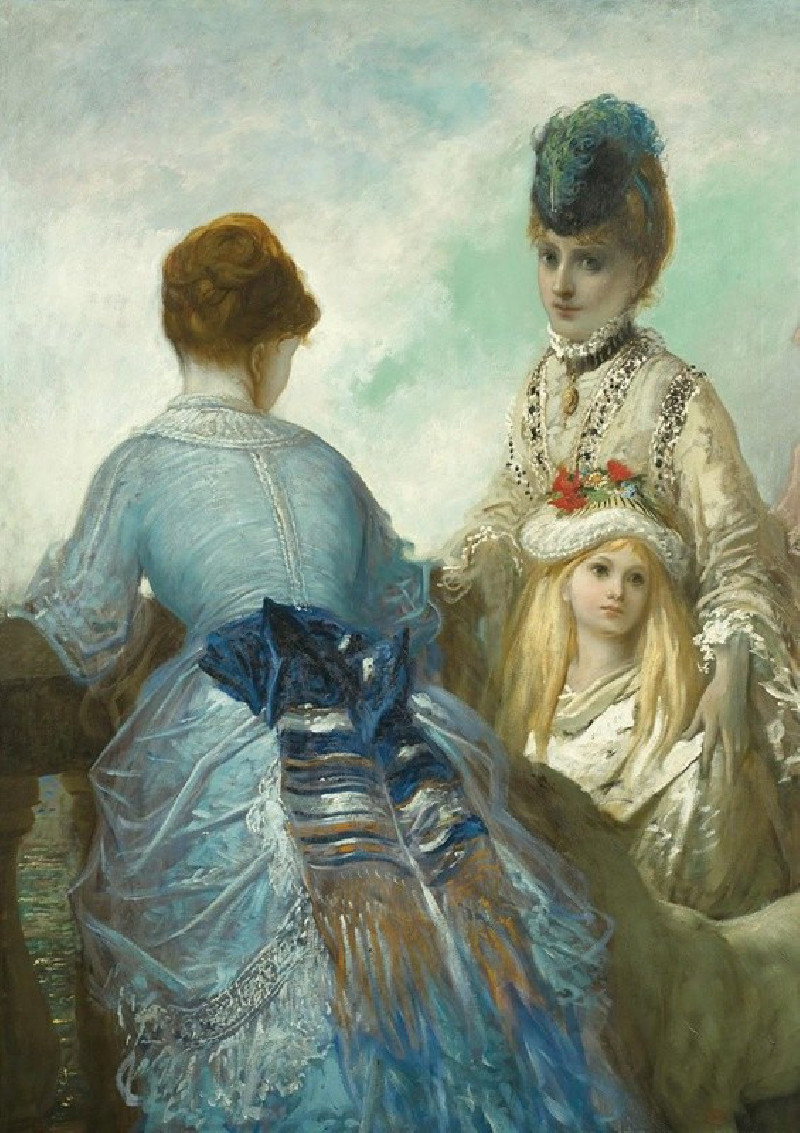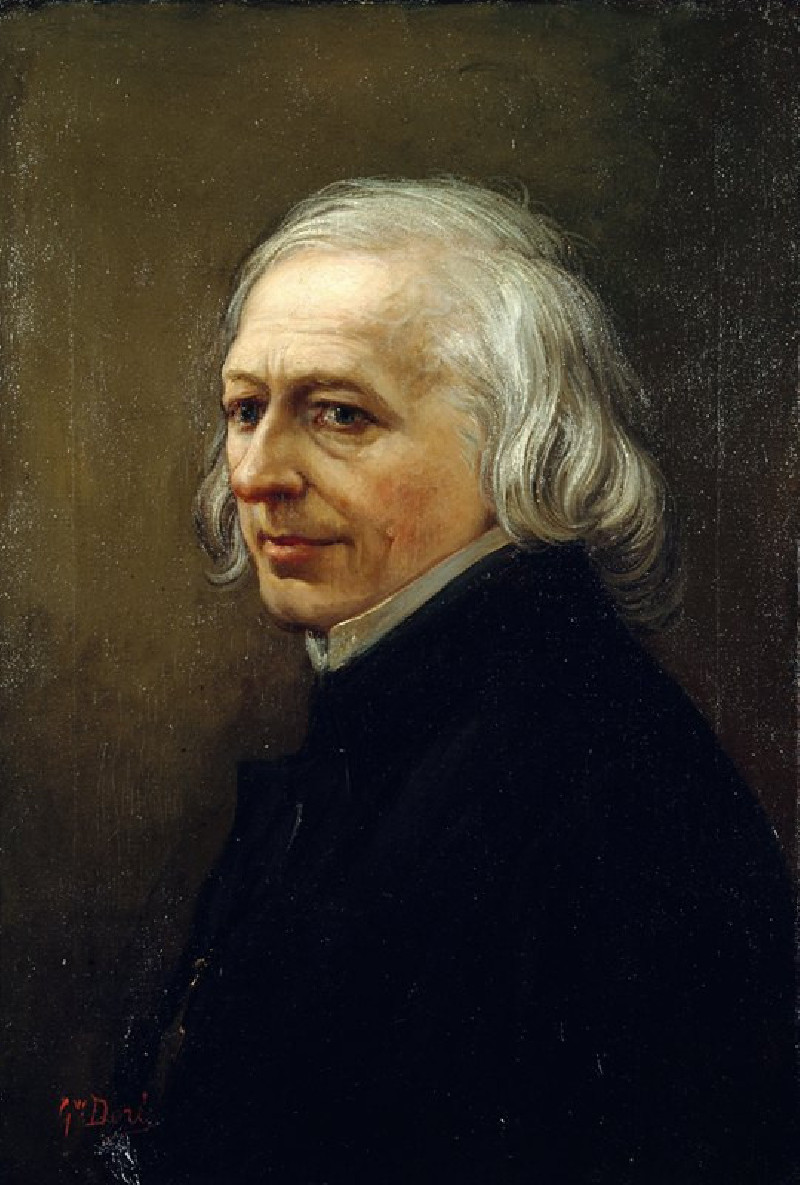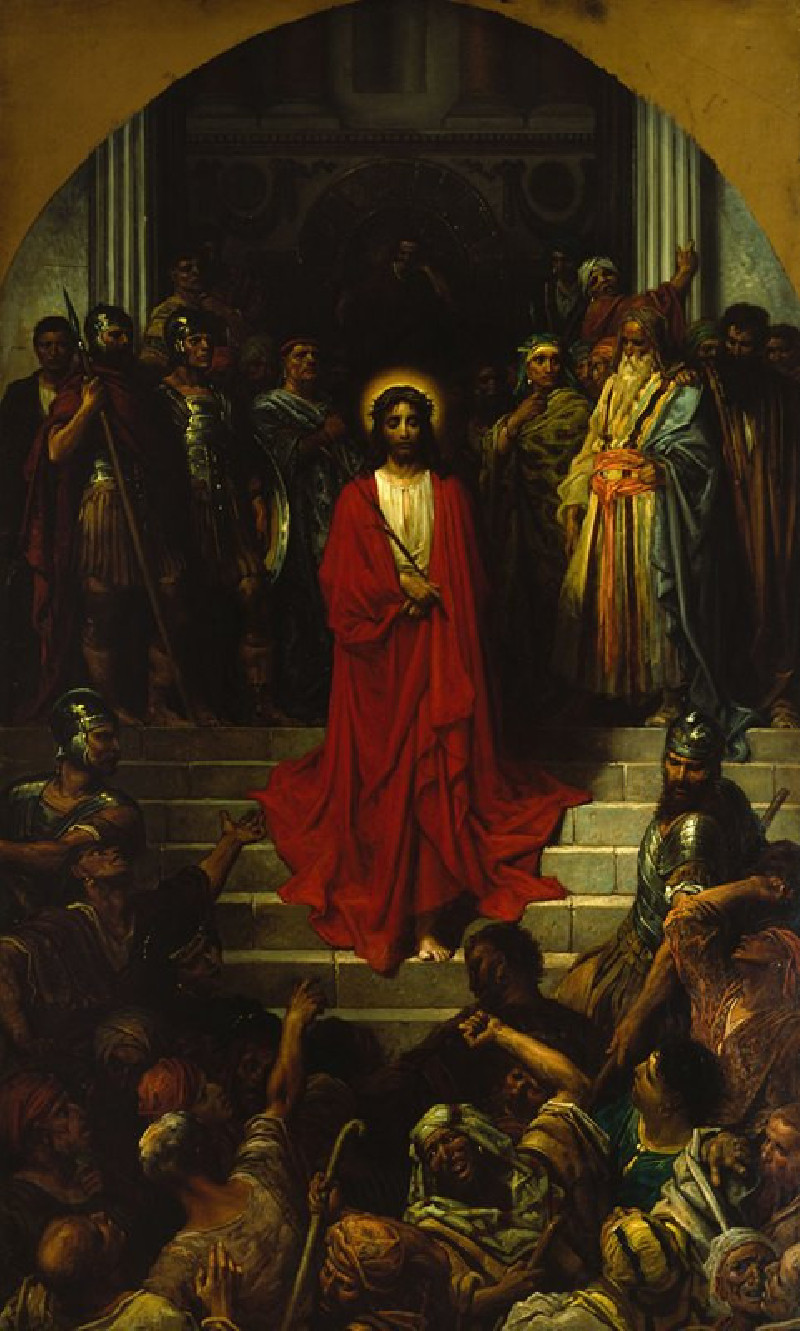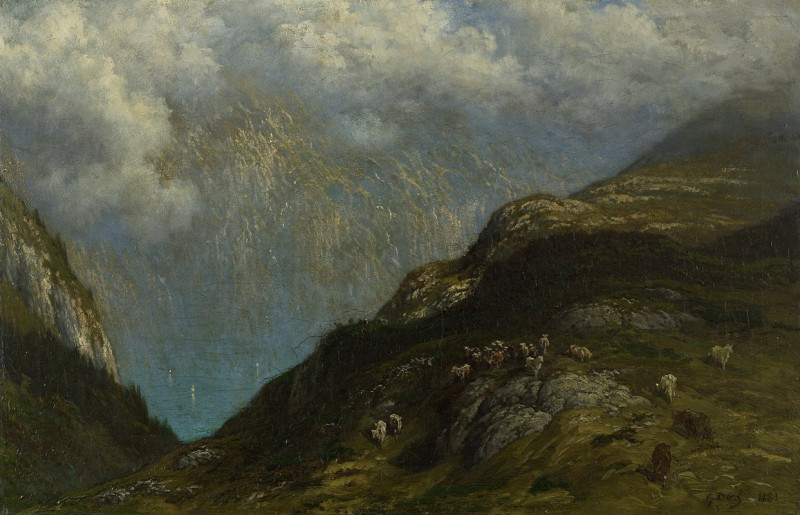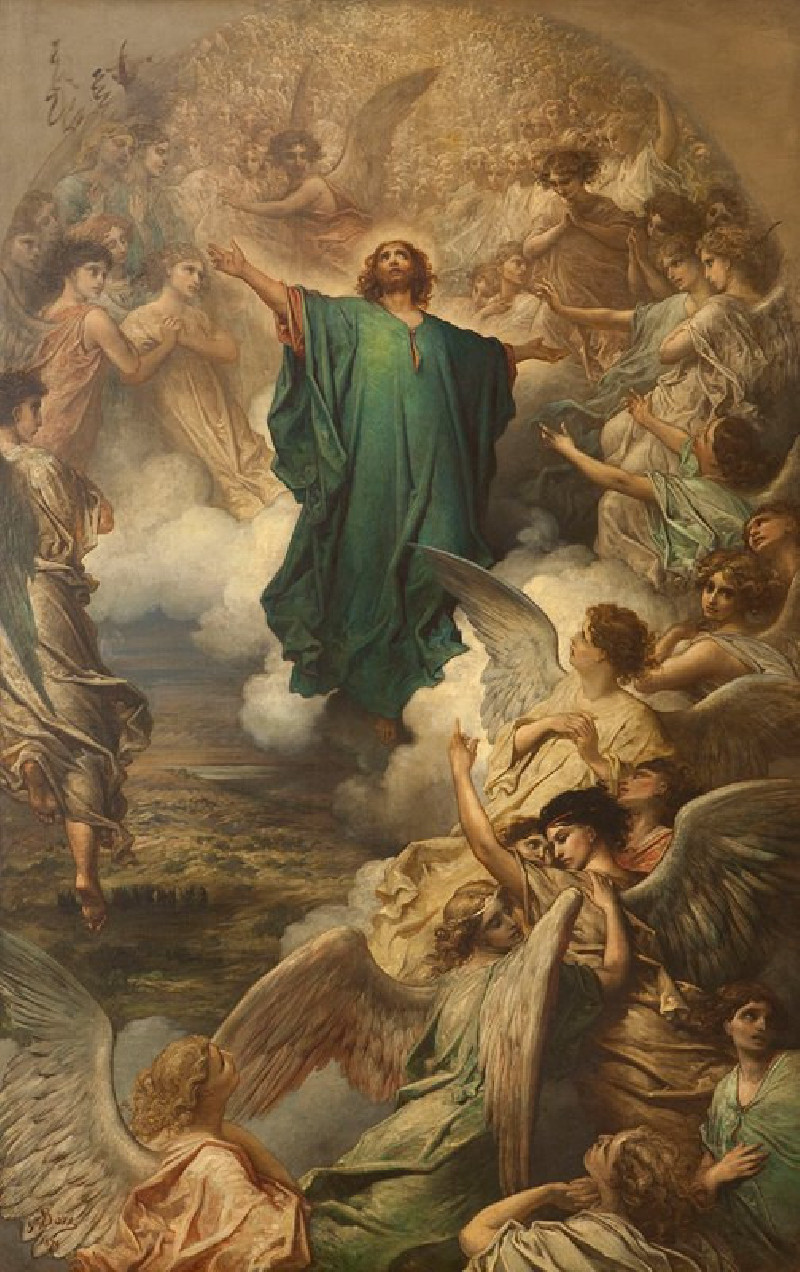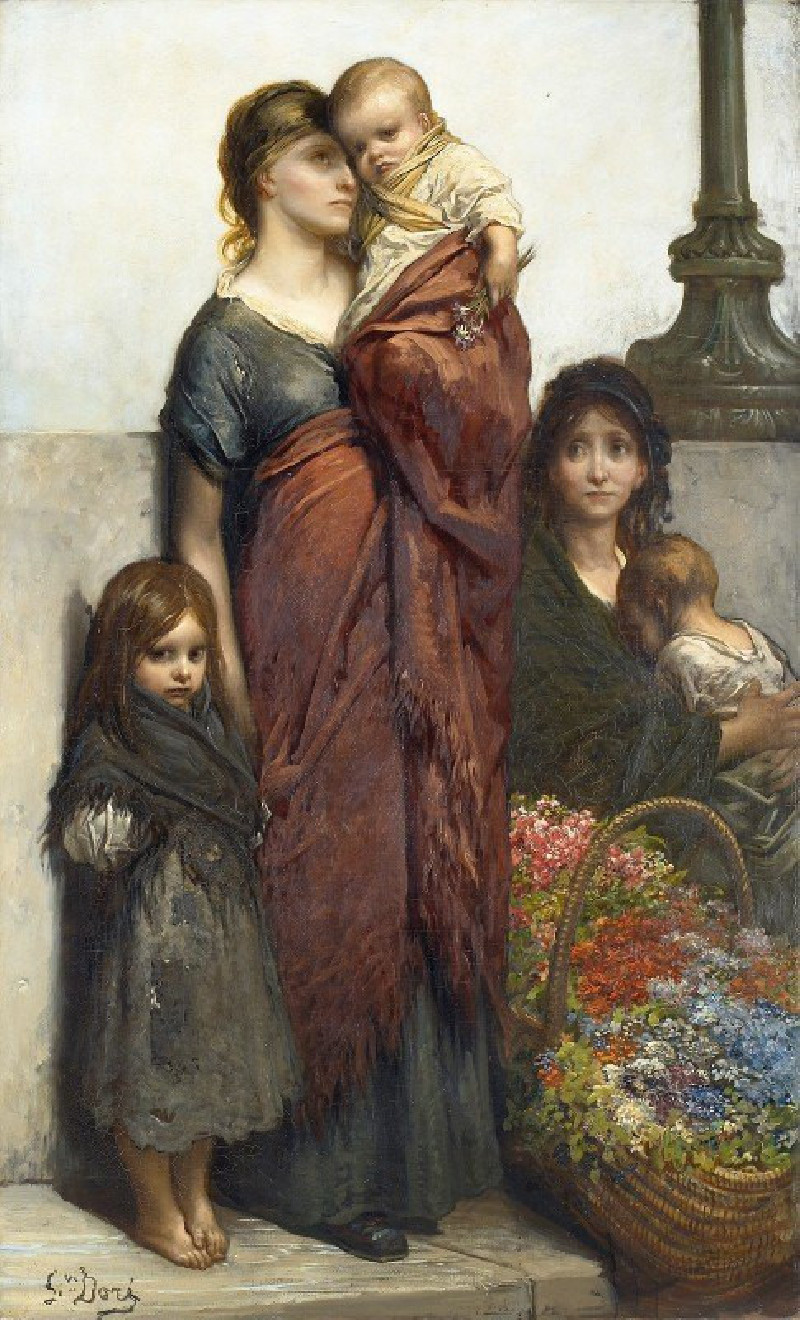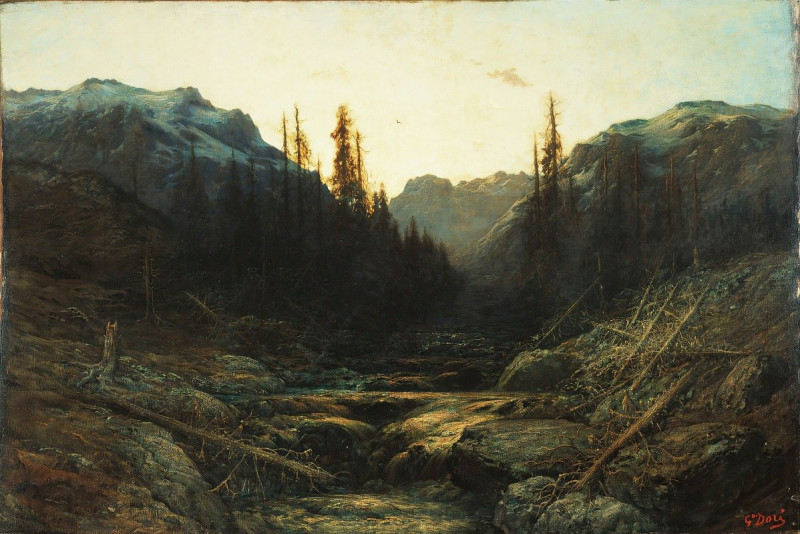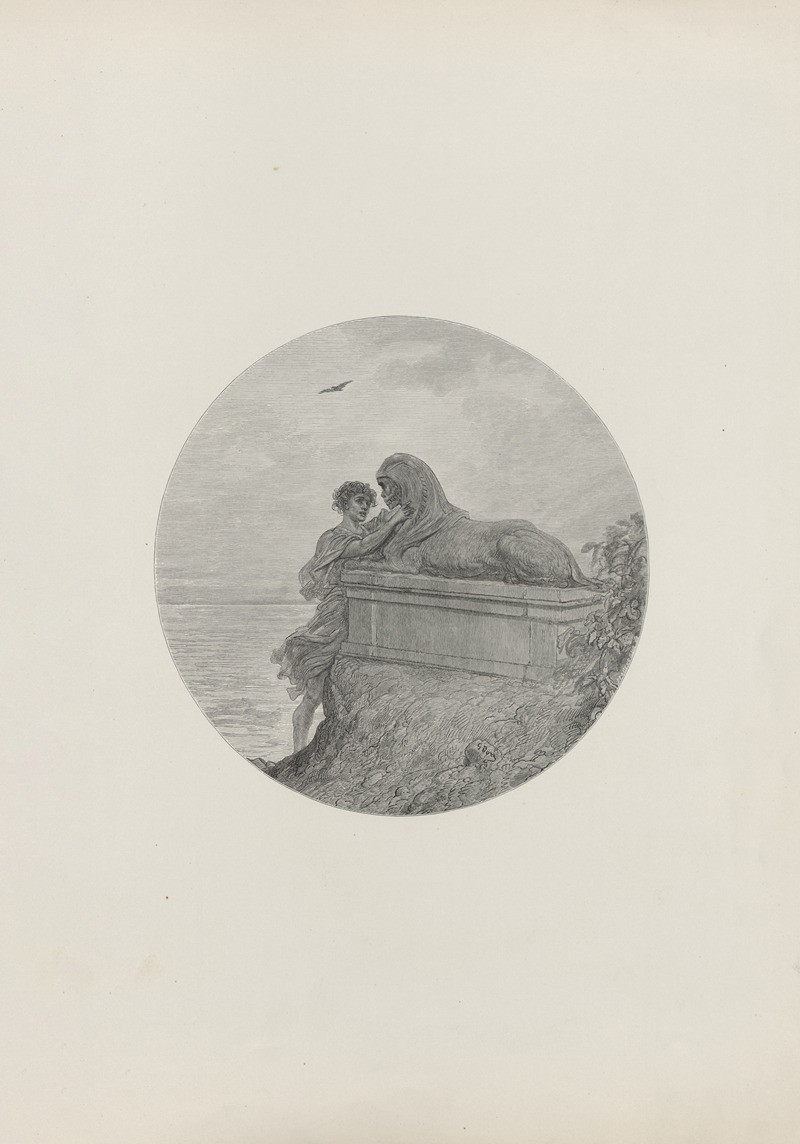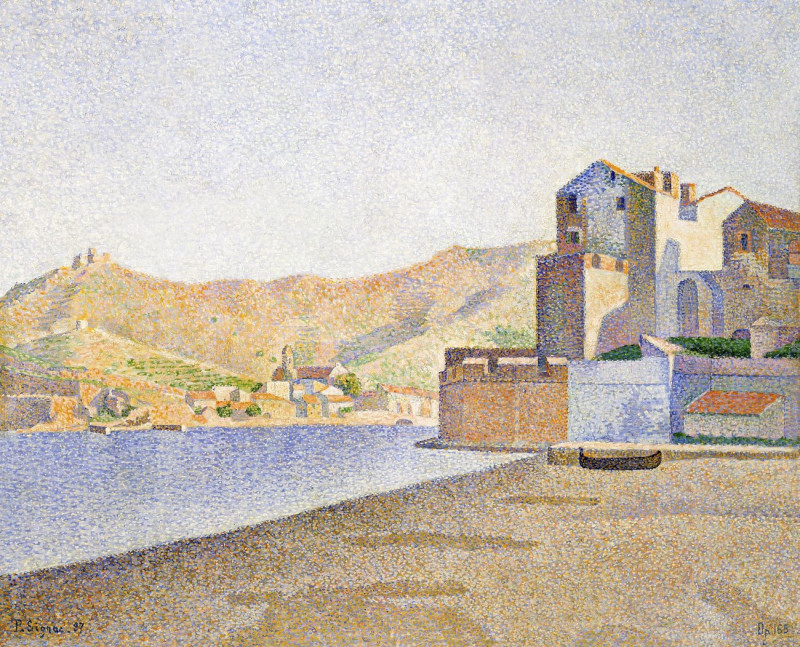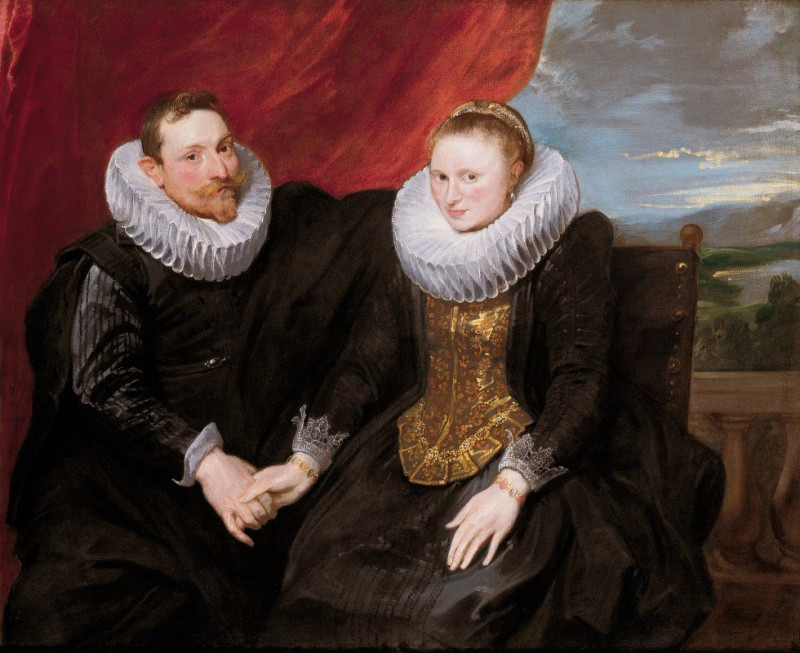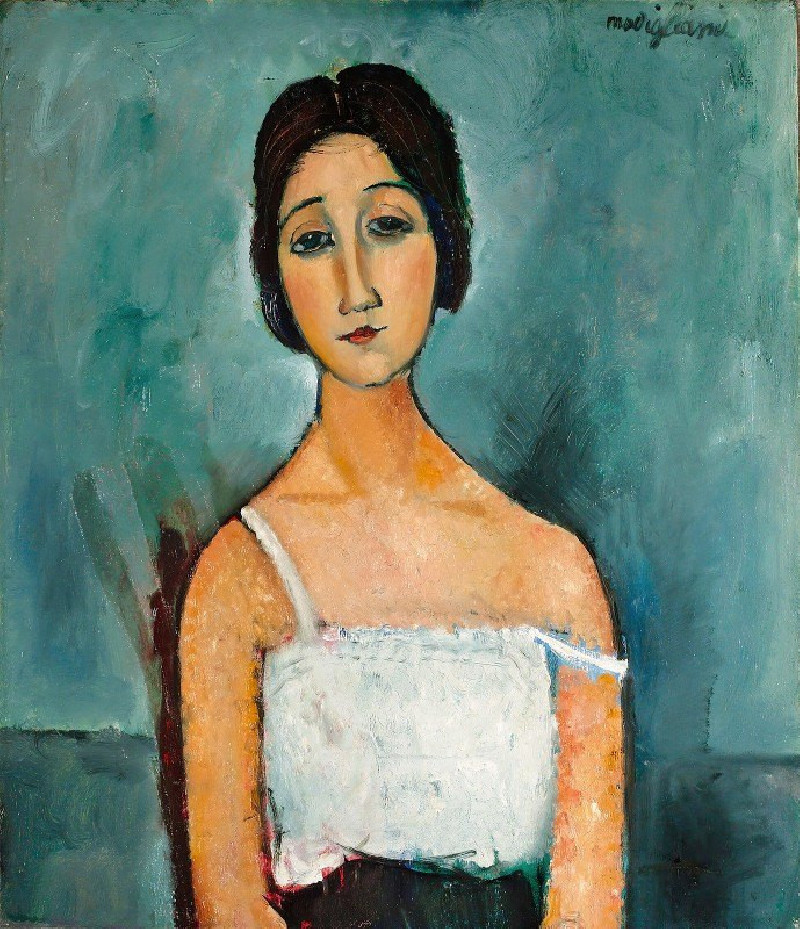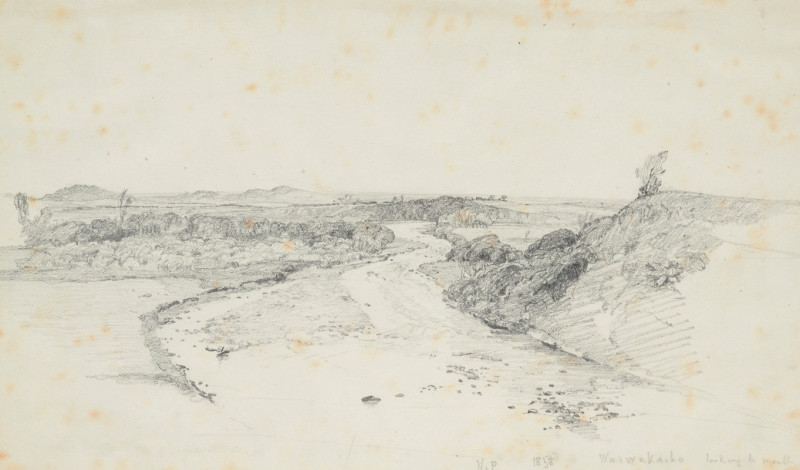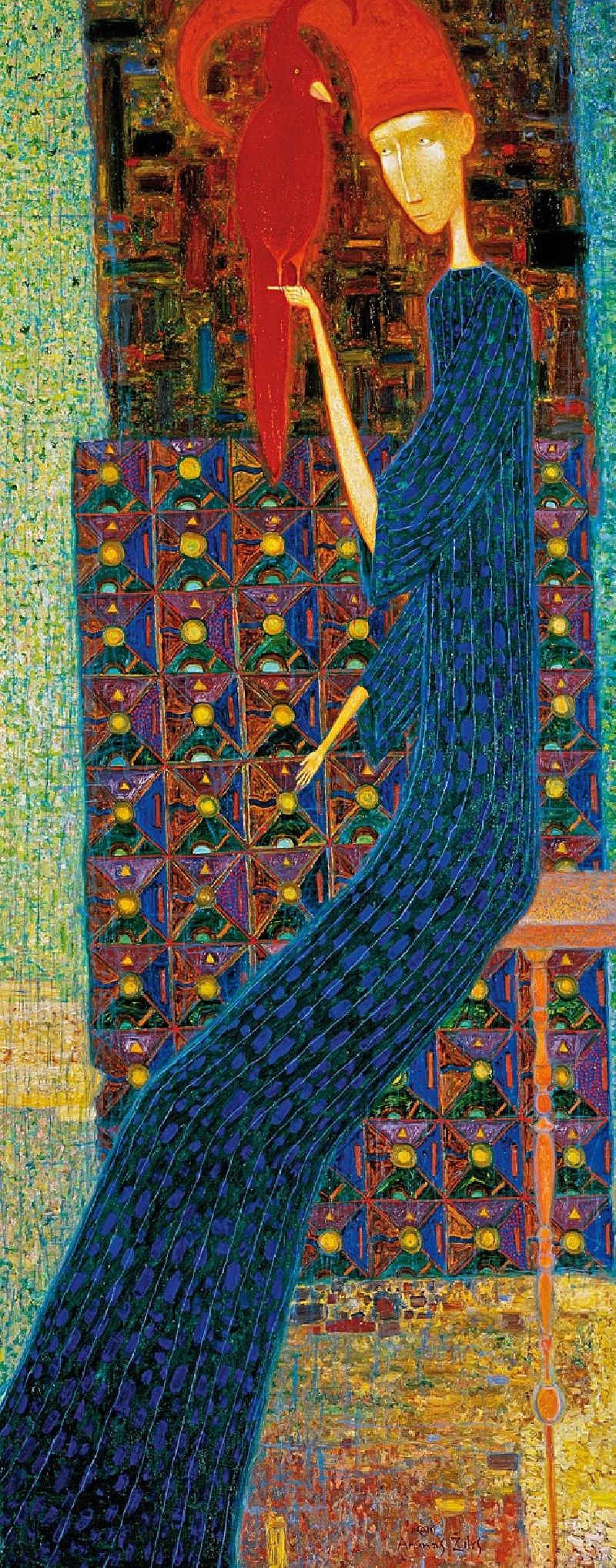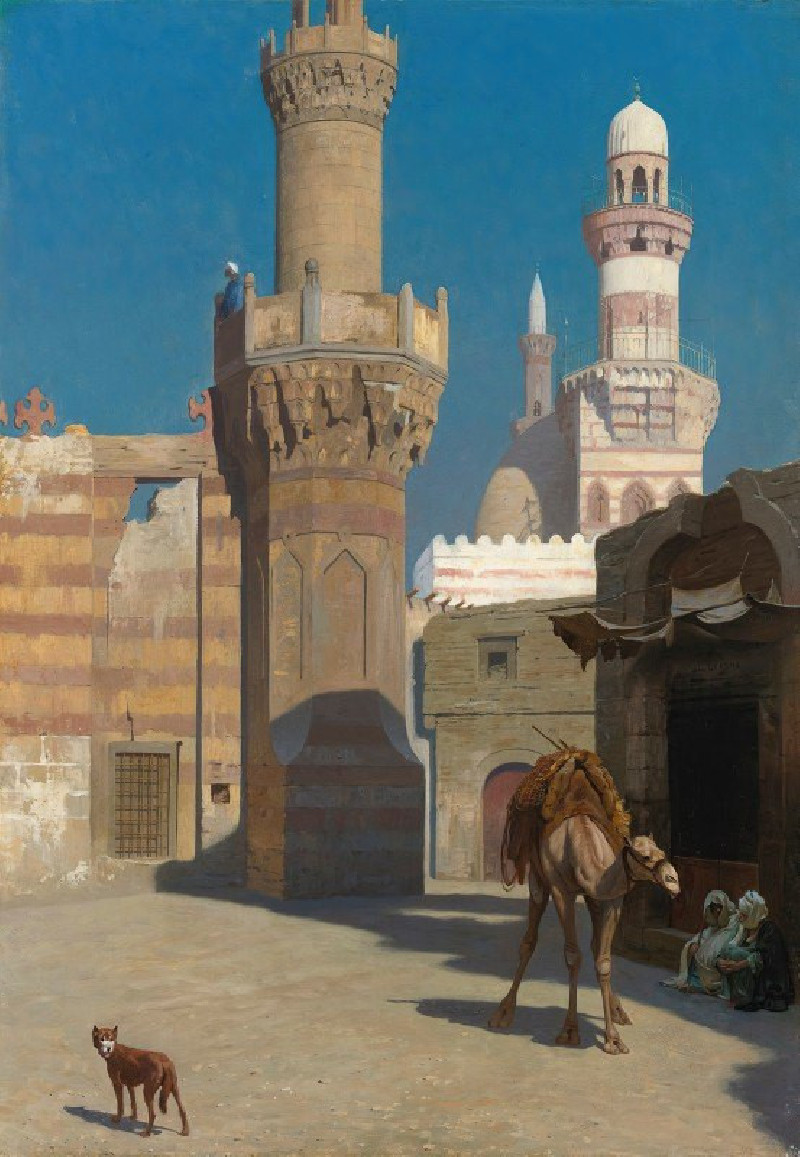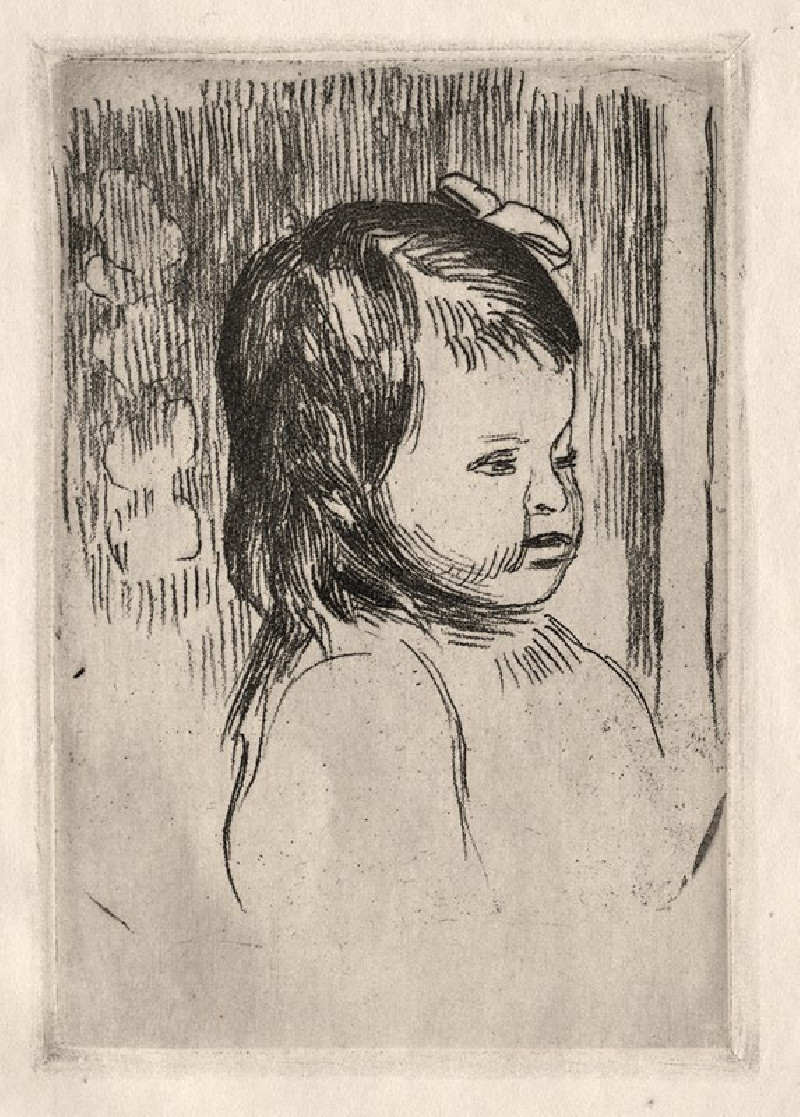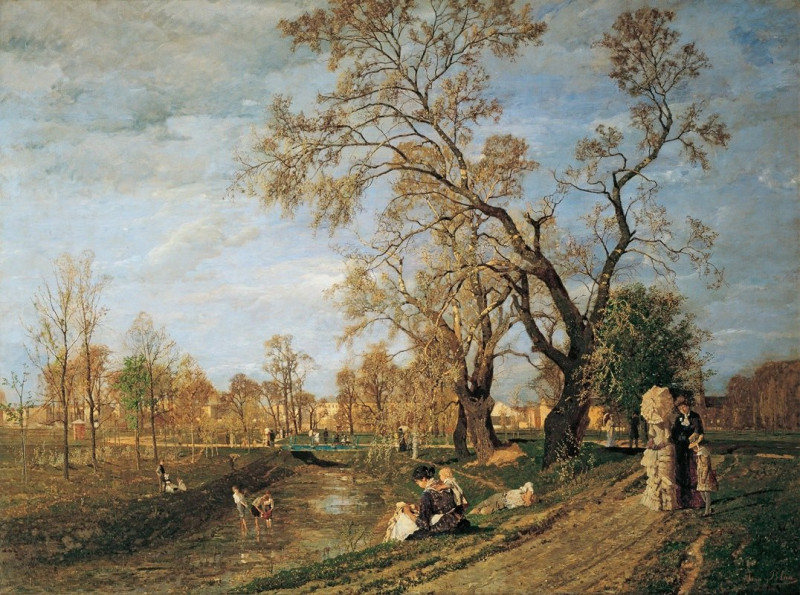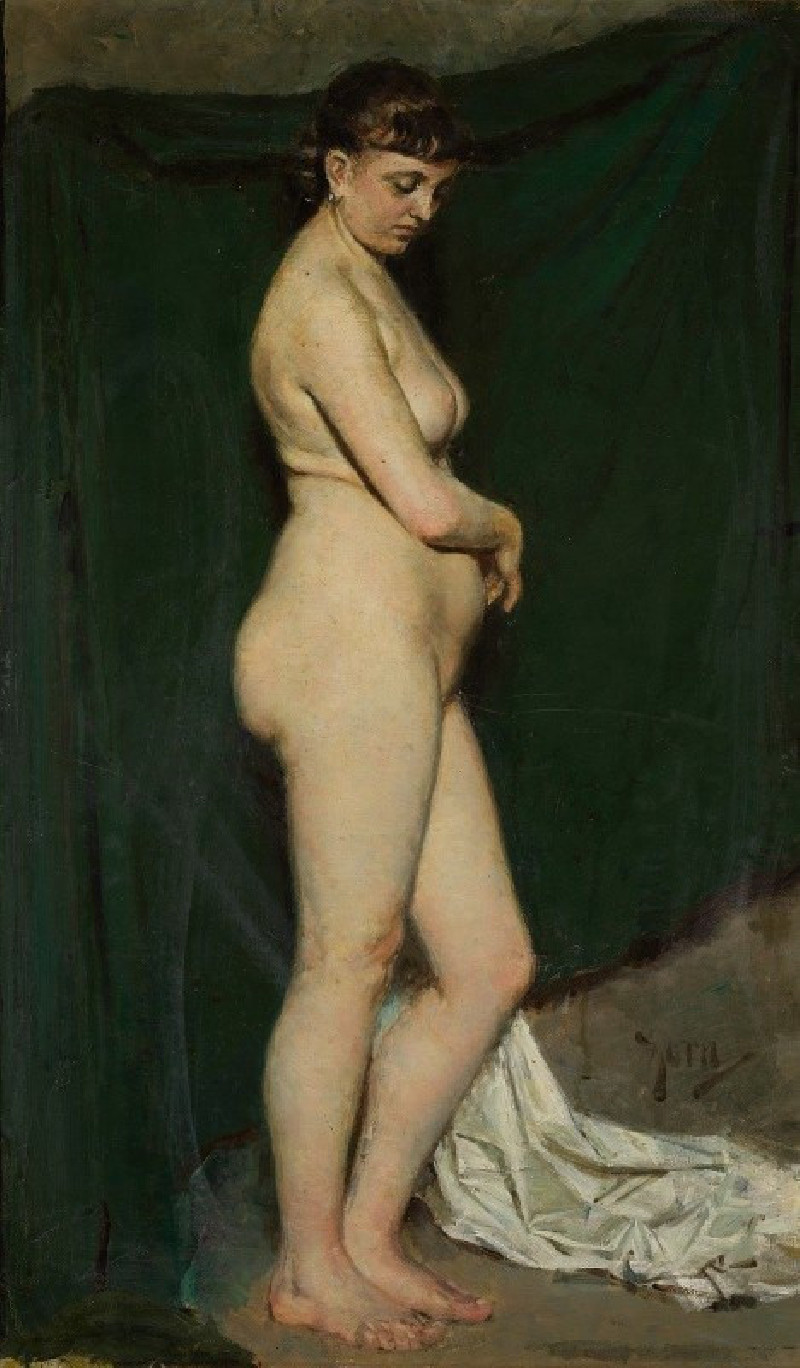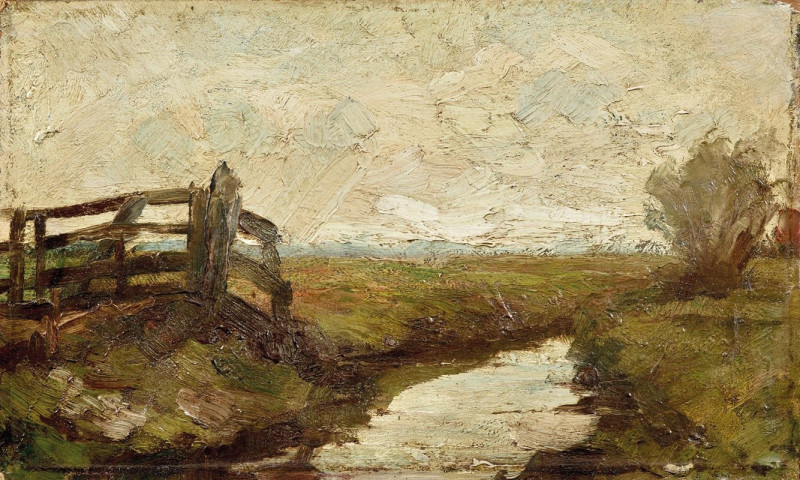Torrent in the Highlands (1881)
Technique: Giclée quality print
Recommended by our customers
More about this artwork
"Torrent in the Highlands" is an evocative painting by the renowned French artist Gustave Doré, famed for his detailed and dramatic illustrations. Painted in 1881, this captivating landscape brings to life the rugged wilderness of the Scottish Highlands with a masterful blend of light and shadow.In this painting, Doré captures a moment where nature combines serenity with wild intensity. The foreground features a tumultuous torrent of water cutting through a rocky landscape, reflecting light and creating a stark contrast to the surrounding dark, moss-covered boulders. This vivid portrayal of moving water injects a dynamic element into the otherwise still environment.The middle ground hosts gentle slopes painted in hues of deep greens and browns, suggesting the rich, damp earth typical of this region. Beyond, a majestic mountain rises under the soft glow of a setting or perhaps rising sun, its peak enshrouded in a mist that blurs its harsh contours and adds an element of mystery and infinite depth.In the sky above, Doré places sparse, delicate clouds tinged with pink, suggesting the time of day when sunlight begins to wane, or dawn is just breaking. This subtle lighting not only enhances the mood of solitude and grandeur but also highlights the artist's skill in using light to direct the viewer's attention through the composition."Torrent in the Highlands" is more than a mere landscape; it’s an exploration of the interplay between light and nature, and between tranquility and the untamed forces of the natural world.
Delivery
Returns
Paul Gustave Louis Christophe Doré (6 January 1832 – 23 January 1883) was a French printmaker, illustrator, painter, comics artist, caricaturist, and sculptor. He is best known for his prolific output of wood-engravings illustrating classic literature, especially those for the Vulgate Bible and Dante's Divine Comedy. These achieved great international success, and he became renowned for printmaking, although his role was normally as the designer only; at the height of his career some 40 block-cutters were employed to cut his drawings onto the wooden printing blocks, usually also signing the image.

